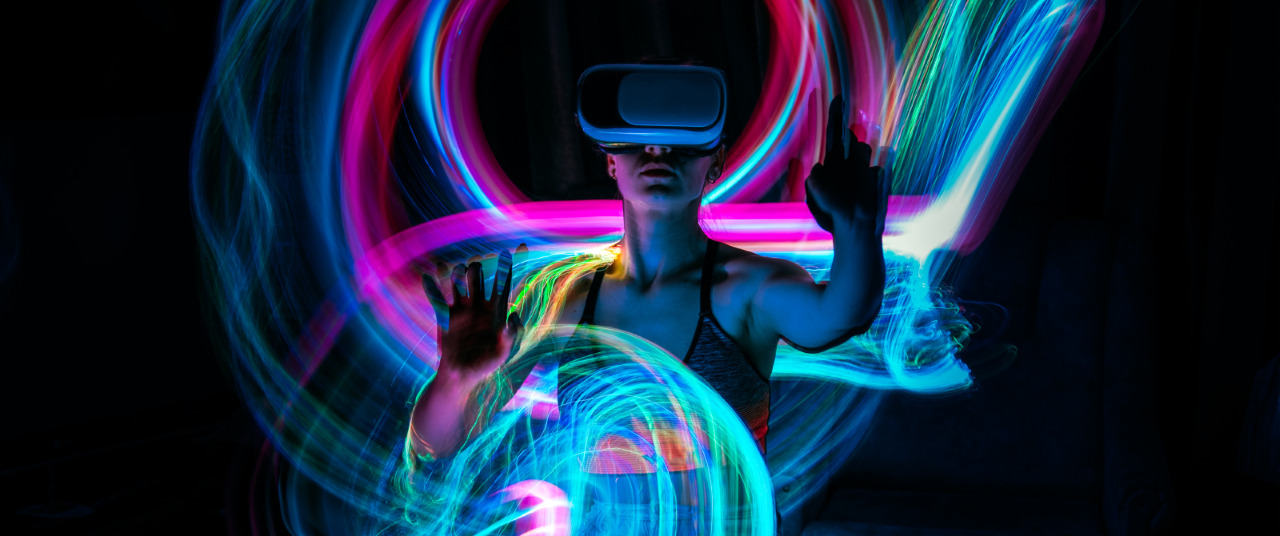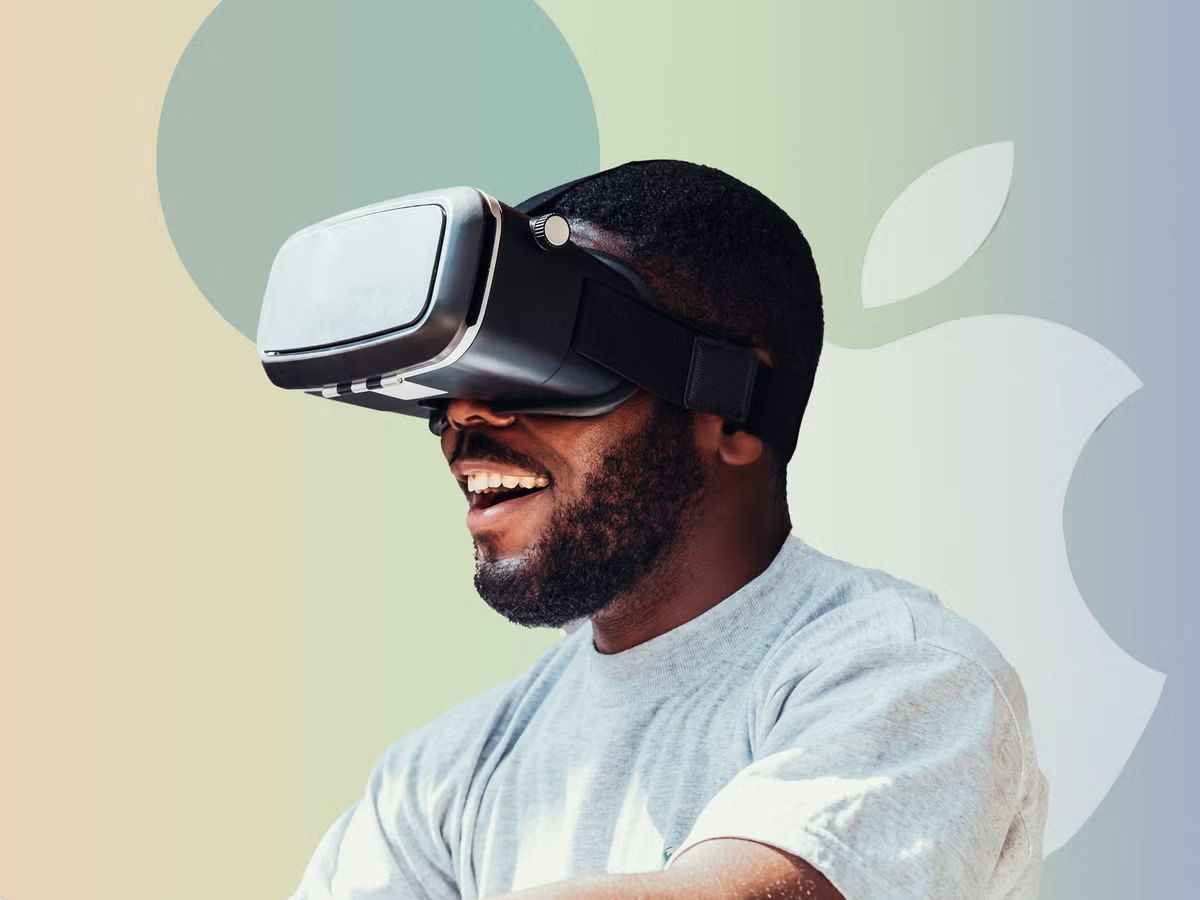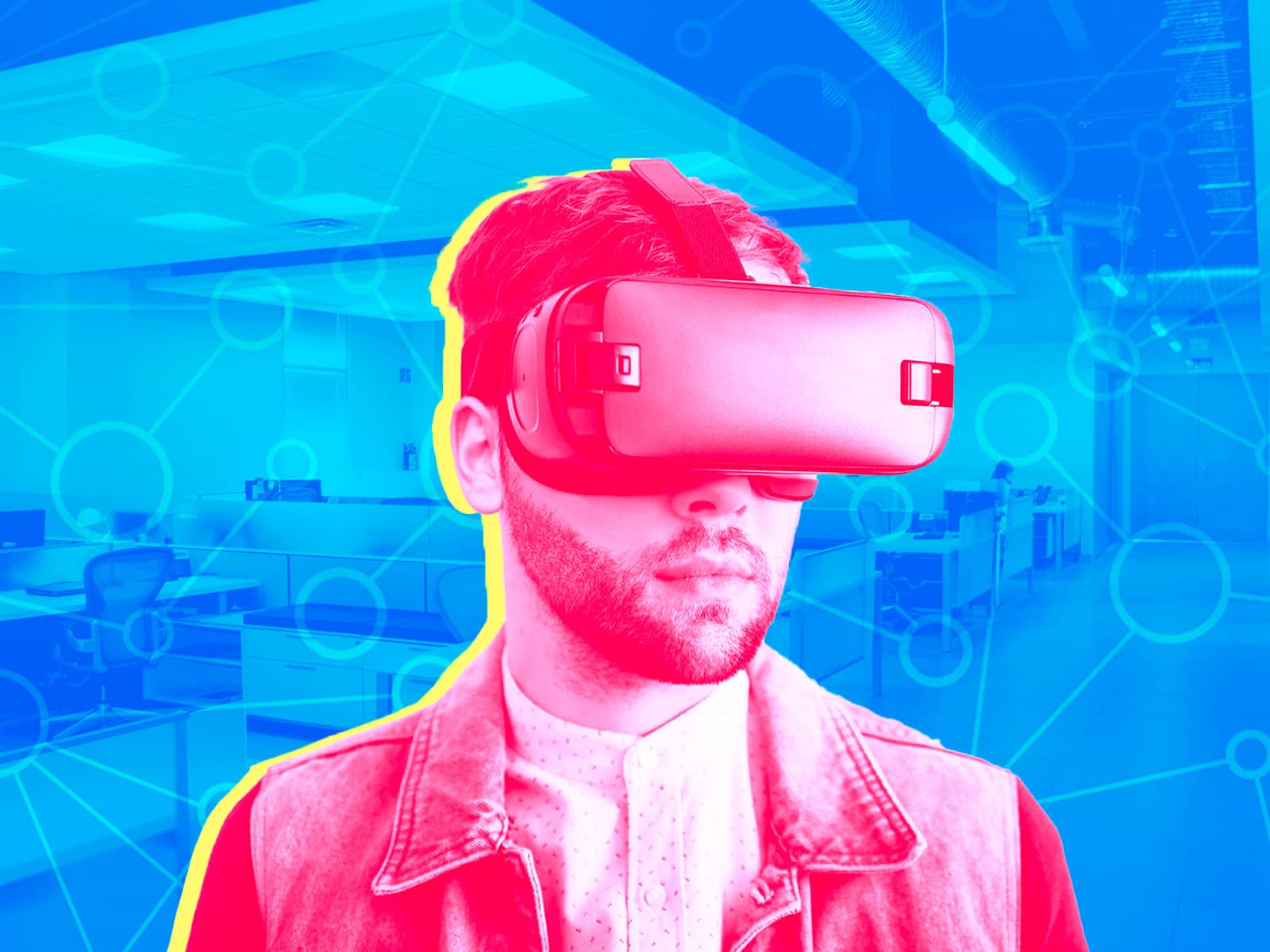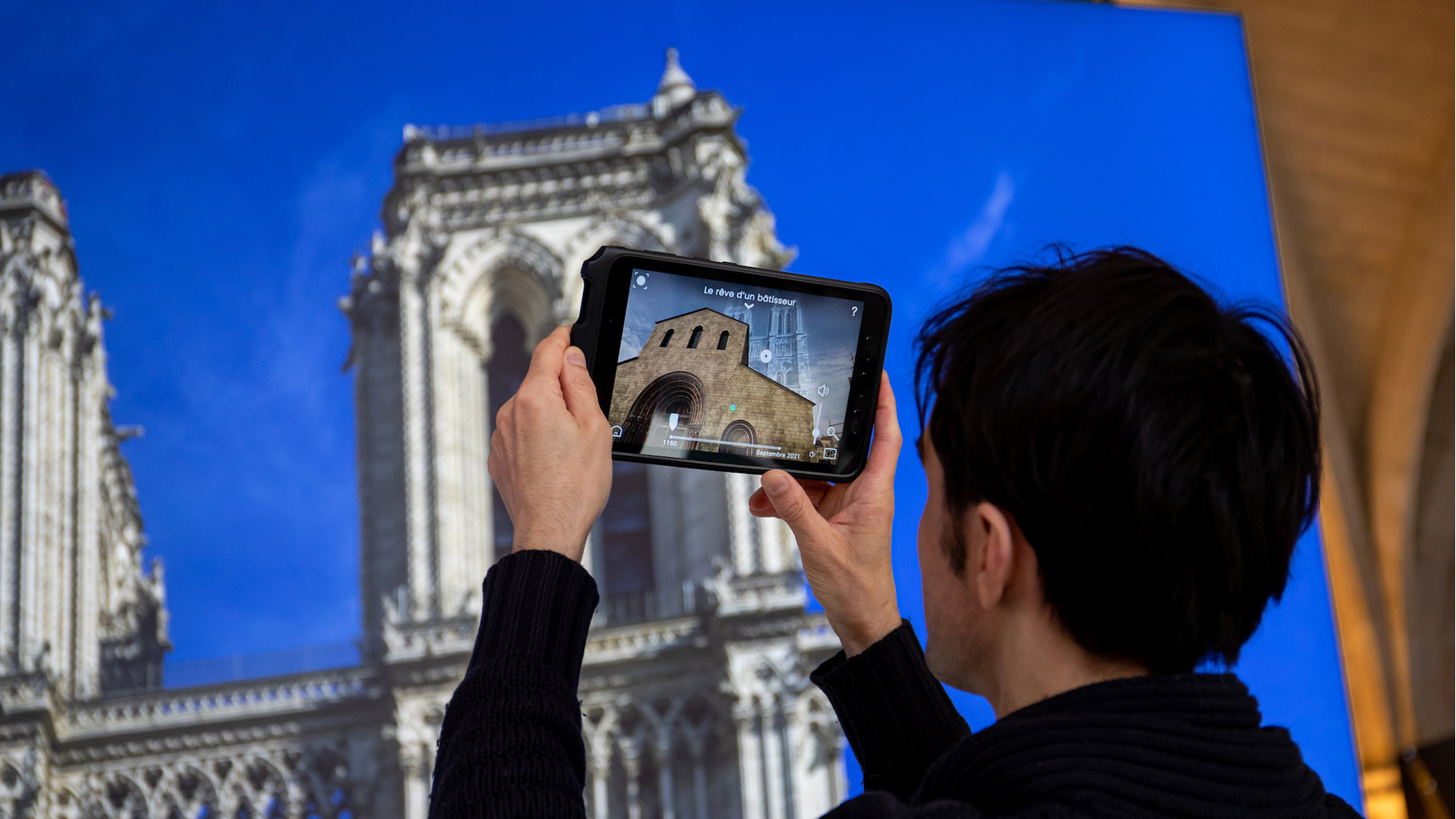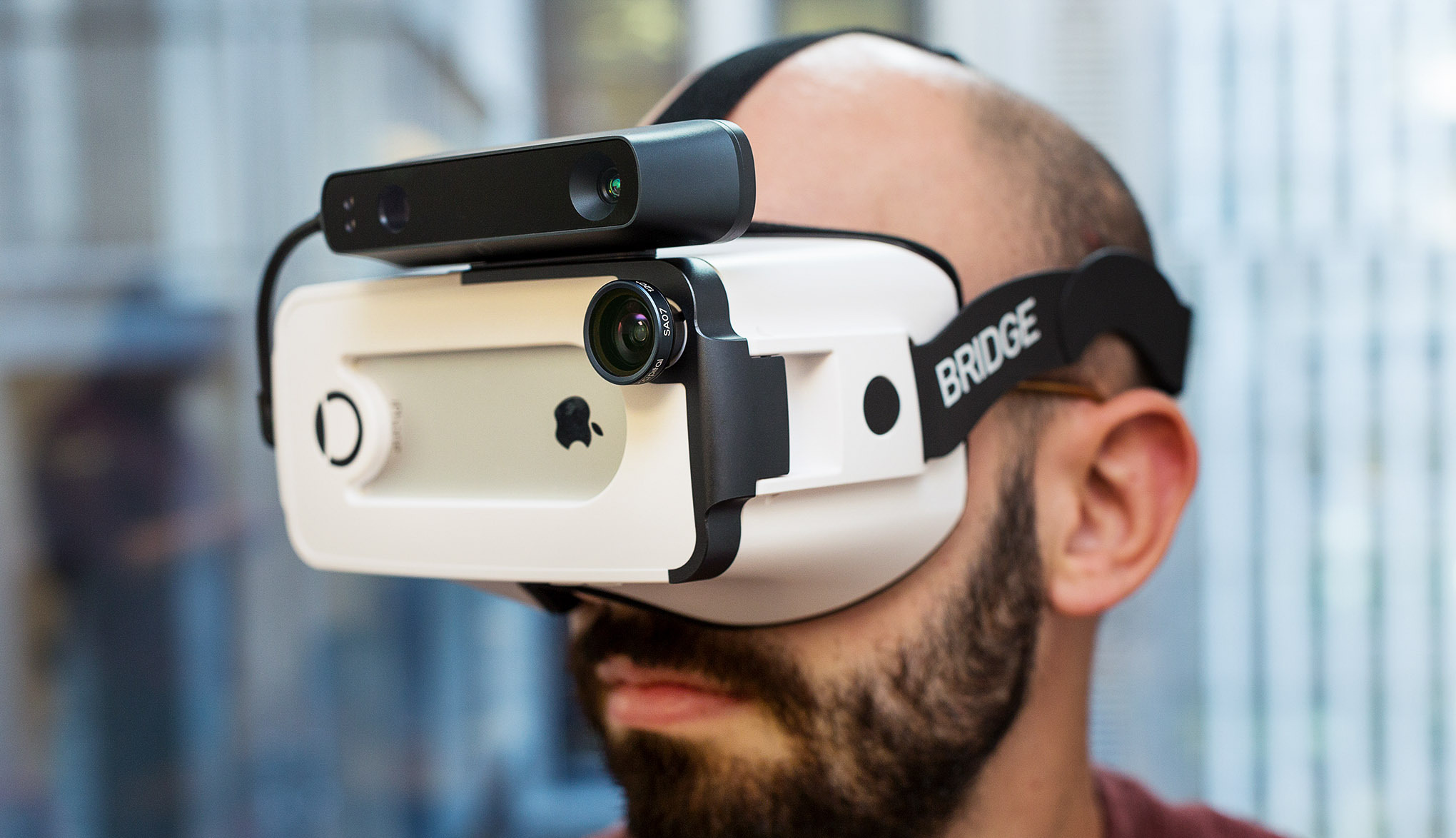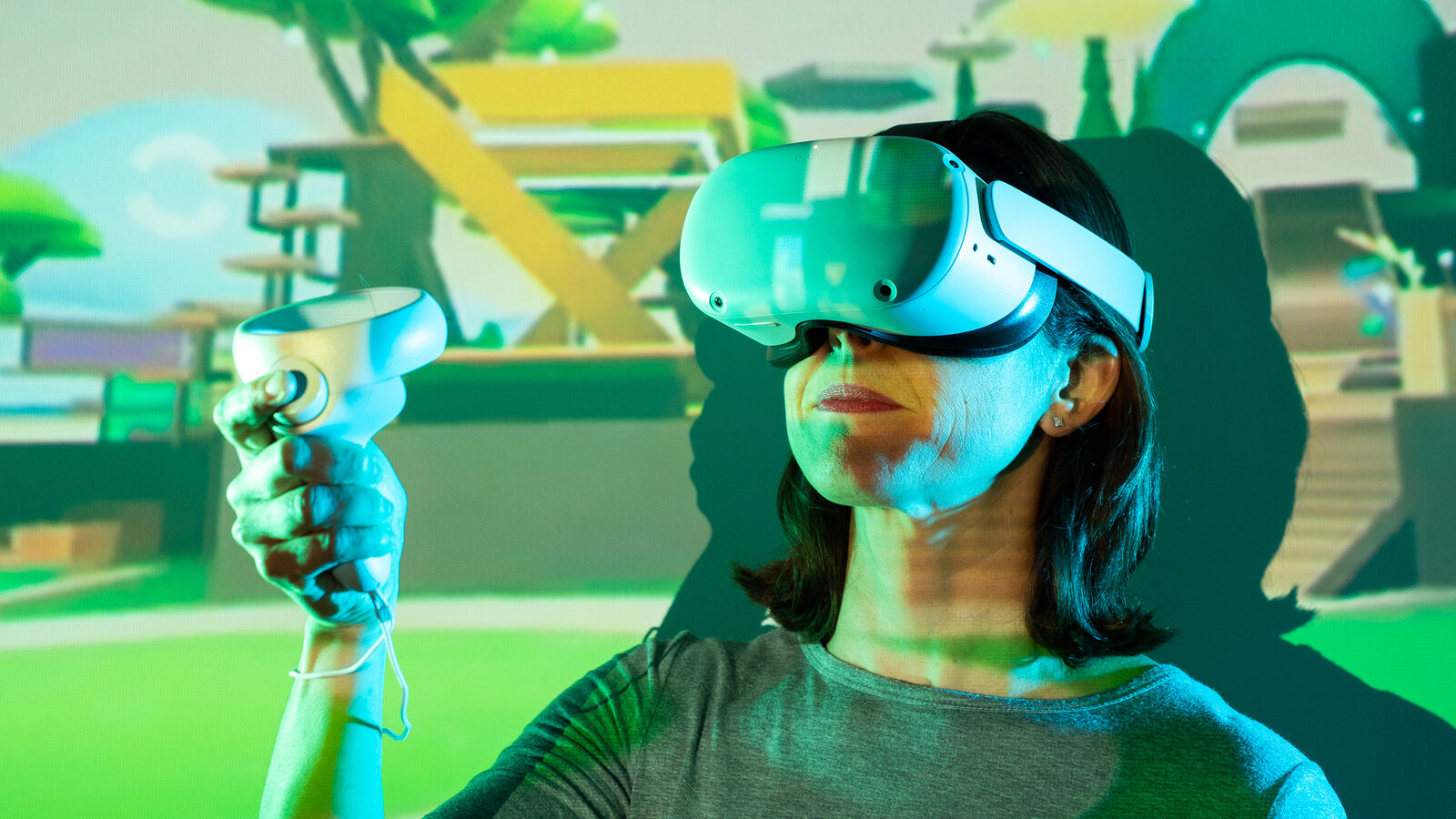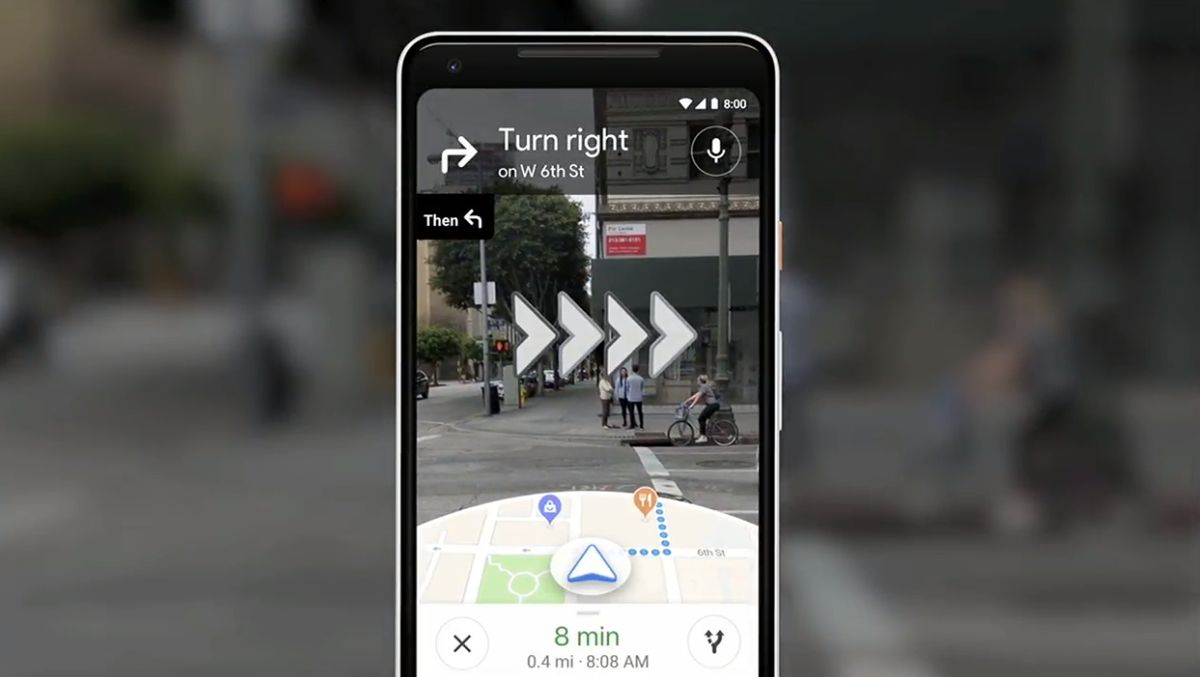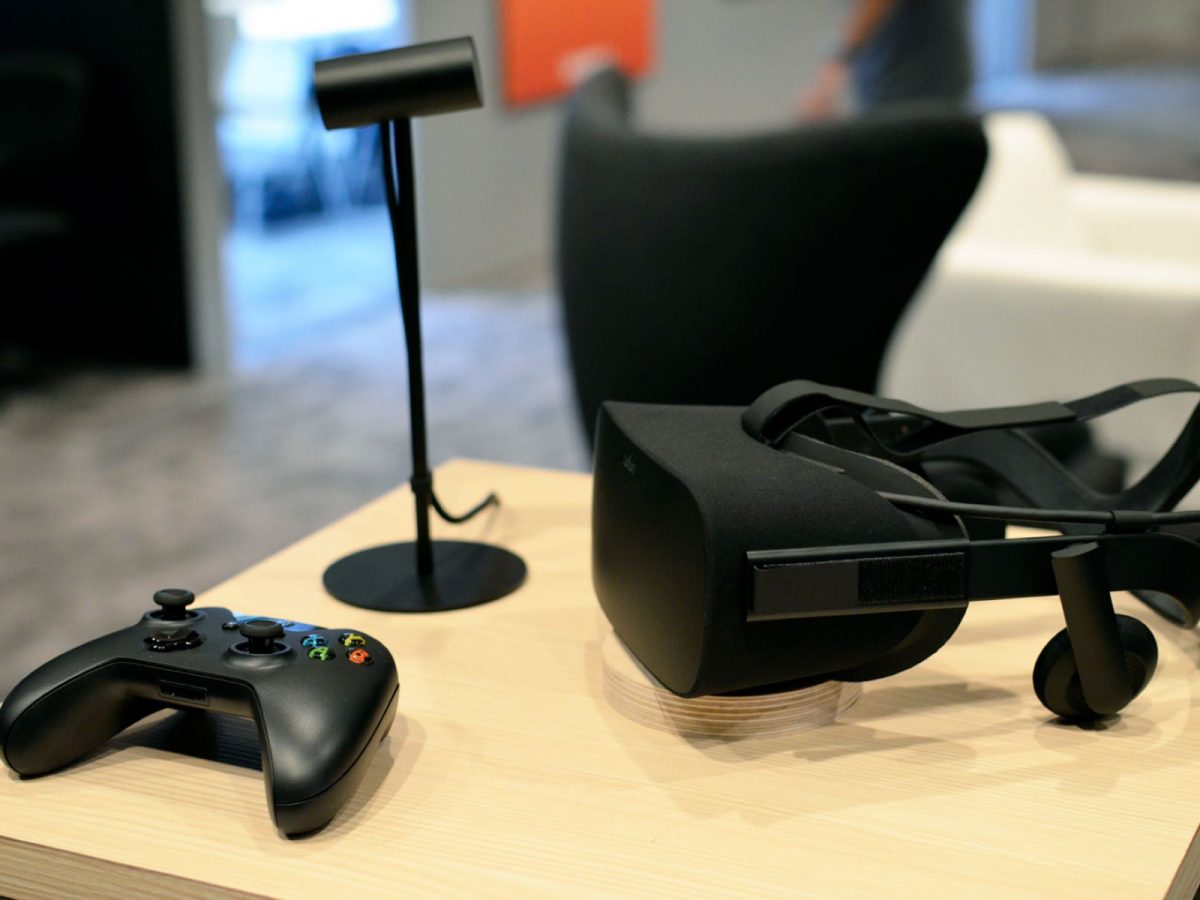Introduction
Virtual reality (VR) has been a topic of fascination for decades, allowing us to immerse ourselves in artificial worlds that look and feel almost indistinguishable from reality. From gaming and entertainment to education and healthcare, VR has made significant strides in enhancing our day-to-day experiences. However, there is a concept within the realm of VR that has captured the imagination of enthusiasts and researchers alike – Full Dive Virtual Reality.
Full Dive VR, sometimes referred to as “Matrix-like” VR, is the next level of immersion in virtual environments. It goes beyond just visual and auditory stimuli, aiming to engage all five senses – sight, sound, touch, taste, and smell. The idea is to completely immerse users within a virtual world, allowing them to experience it as though it were real.
Currently, VR experiences primarily rely on head-mounted displays (HMDs) and motion tracking technologies to provide an immersive visual and auditory experience. While this offers users a sense of presence and interactivity, it falls short of engaging all of the senses simultaneously. Full Dive VR aims to bridge this gap by replicating the physical sensations of touch, taste, and smell, making the virtual world feel as real and tangible as the physical world.
However, achieving Full Dive VR is no easy task. It involves overcoming numerous technical challenges and addressing ethical concerns. The development and implementation of technology that can simulate all five senses in a safe and convincing manner present significant obstacles.
In this article, we will explore the current state of Virtual Reality technology, the challenges and obstacles involved in achieving Full Dive VR, the progress made in research and development, the potential applications and benefits of Full Dive VR, and the ethical and social considerations that arise with this new technology. By delving into these aspects, we can gain a comprehensive understanding of the future potential and implications of Full Dive Virtual Reality.
What is Full Dive Virtual Reality?
Full Dive Virtual Reality, also known as Full Immersion or Total Immersion VR, takes the concept of virtual reality to the next level. It aims to create a fully immersive experience that engages all five senses – sight, sound, touch, taste, and smell. In essence, it allows users to step into a virtual world and interact with it as if it were real, blurring the boundaries between the physical and virtual realms.
Unlike traditional virtual reality experiences that primarily focus on visual and auditory stimuli, Full Dive VR replicates the physical sensations of touch, taste, and smell to create a more realistic and immersive environment. This level of immersion requires advanced technologies that can accurately stimulate and simulate these senses, tricking the brain into perceiving the virtual experience as genuine.
To achieve Full Dive VR, various technologies are being developed and integrated. These include haptic feedback devices that provide tactile sensations, scent synthesizers that release specific odors to match the virtual environment, and taste simulators that recreate different tastes and flavors. By combining these technologies with the already established visual and auditory components, Full Dive VR aims to create a seamless and lifelike virtual reality experience.
Imagine being able to feel the texture of objects, perceive the temperature and weight of virtual items, taste virtual meals, smell the scent of a virtual flower garden, and hear every sound with impeccable clarity. This level of immersion opens up a world of possibilities for entertainment, education, training, therapy, and even communication.
However, achieving Full Dive VR is a complex endeavor that requires significant advancements in both hardware and software. It involves overcoming technological barriers and ensuring user safety and comfort. Additionally, ethical considerations, such as the potential for addiction and the blurring of reality and fantasy, must be carefully addressed.
In the next sections, we will explore the current state of Virtual Reality technology, the challenges and obstacles involved in achieving Full Dive VR, the progress made in research and development, the potential applications and benefits of Full Dive VR, and the ethical and social considerations that arise with this new technology. By gaining a deeper understanding of Full Dive VR, we can better appreciate its future potential while remaining mindful of its implications.
Current State of Virtual Reality Technology
Virtual Reality (VR) technology has come a long way in recent years, revolutionizing industries such as gaming, entertainment, education, and healthcare. The current state of VR technology offers immersive experiences that transport users into virtual worlds with stunning visual fidelity and realistic audio. However, there are several key areas where advancements are still needed to fully realize the potential of VR and pave the way for Full Dive VR.
One of the main developments in VR technology is the improvement of display systems. Head-mounted displays (HMDs) have become more comfortable, lightweight, and affordable, while offering higher resolutions and wider field of view. Companies like Oculus, HTC, and Sony have released consumer-grade VR headsets that provide compelling VR experiences to a broader audience.
Another important aspect of VR technology is motion tracking. Most VR systems now use tracking systems that capture the movements of the user’s head and hands, allowing for a more accurate and responsive interaction with the virtual environment. This enhances the sense of presence and immersion, making the virtual world feel more realistic and interactive.
Furthermore, advancements in graphics processing power have enabled realistic and visually stunning virtual worlds. High-end VR systems can now render complex scenes with detailed textures, lighting effects, and realistic physics simulations. This level of realism enhances the sense of immersion and makes the virtual experience more captivating.
Audio is another crucial component of VR technology. Spatial audio technologies have been developed to provide realistic 3D sound, allowing users to perceive the direction and distance of virtual sounds. This enhances the immersive experience by making the virtual environment sound more natural and lifelike.
Despite these advancements, there are still limitations in current VR technology that prevent us from achieving Full Dive VR. The most significant limitation is the lack of haptic feedback – the ability to feel physical sensations in the virtual world. While some haptic devices exist, they are not yet capable of providing the level of feedback needed to fully simulate the sense of touch.
Another challenge is the replication of smell and taste in virtual environments. Although there have been some experimental attempts to stimulate these senses using scent synthesizers and taste simulators, the technology is still in its infancy and does not fully capture the complexity and range of real-world smells and tastes.
Nonetheless, the current state of VR technology is impressive, and it serves as a solid foundation for the development of Full Dive VR. As researchers and technologists continue to push the boundaries of VR, we can expect to see further advancements in areas such as haptic feedback, sensory simulation, and overall immersion. These developments will bring us closer to the realization of Full Dive VR and open up new possibilities in entertainment, education, communication, and beyond.
Challenges and Obstacles to Achieving Full Dive VR
While Full Dive Virtual Reality (VR) holds tremendous potential for revolutionizing the way we experience virtual environments, there are numerous challenges and obstacles that must be overcome before this level of immersion becomes a reality. From technical limitations to ethical considerations, let’s explore some of the key challenges on the path to achieving Full Dive VR.
One of the primary technical challenges is the replication of realistic and convincing haptic feedback. Current haptic devices are limited in their ability to provide accurate and precise tactile sensations in real-time. Achieving the level of feedback required to simulate the sense of touch in the virtual world is a complex task, as it involves recreating various textures, pressures, and temperatures. Moreover, ensuring user comfort and safety while using haptic feedback devices is crucial.
Another significant obstacle is the simulation of smell and taste. While some progress has been made in this area, capturing and reproducing a wide range of odors and flavors in a controlled and safe manner remains a challenge. The ability to stimulate these senses in a way that is both realistic and enjoyable is still a subject of ongoing research and development.
Additionally, there are ethical considerations surrounding Full Dive VR that need to be carefully addressed. As the level of immersion and realism increases, there is a risk of users becoming overly attached to virtual experiences, leading to potential addiction and withdrawal from the real world. Striking a balance between the virtual and physical realities and ensuring that users maintain a healthy relationship with both is of paramount importance.
Privacy and security are also significant concerns. Full Dive VR would require users to share a wealth of personal data, including biometric information and behavioral patterns. Safeguarding this sensitive data and protecting users from potential misuse and breaches is vital.
In addition to technical and ethical challenges, there are financial considerations as well. Developing the necessary hardware and software for Full Dive VR can be costly and time-consuming. It requires significant investments in research and development, as well as the collaboration of multiple industries and experts.
Lastly, there is the challenge of user acceptance and adoption. Full Dive VR represents a significant shift in how we perceive and interact with virtual environments. Convincing the general public of its benefits and addressing any concerns or resistance to adopting this technology will be crucial for its success.
Despite these challenges and obstacles, the progress made in VR technology and ongoing research in the field provide reasons for optimism. With continued advancements in haptic feedback, sensory simulation, privacy safeguards, and user education, we can overcome these challenges and pave the way for a future where Full Dive VR becomes a reality.
Progress in Full Dive VR Research and Development
The concept of Full Dive Virtual Reality (VR), which aims to create a fully immersive virtual experience by engaging all five senses, has captured the imagination of researchers and developers around the world. While achieving Full Dive VR presents numerous challenges, significant progress has been made in research and development, bringing us closer to realizing this ambitious vision.
One area of progress in Full Dive VR research is haptic feedback technology. Researchers have been exploring various approaches to replicate tactile sensations in virtual environments. Advanced haptic devices, such as exoskeleton gloves and tactile feedback suits, have been developed to provide users with a sense of touch, enabling them to feel textures, pressure, and even temperature changes within the virtual world. These devices use an intricate network of sensors and actuators to accurately mimic the physical sensations that would be experienced in real-life scenarios.
Sensory simulation has also seen advancements in recent years. Researchers are working on devices that can stimulate smell and taste, such as olfactory interfaces and electronic taste simulators. By delivering specific scents or flavors to users, these devices aim to create a multisensory experience that aligns with the virtual environment. While still in the early stages of development, these technologies show promising potential in enhancing the realism and immersion of Full Dive VR experiences.
Advancements in virtual reality graphics and audio technologies have also contributed to the progress of Full Dive VR. High-resolution displays, accompanied by sophisticated rendering techniques and real-time physics simulations, enable more visually stunning and lifelike virtual worlds. Spatial audio technologies enhance the immersive experience by providing accurate 3D sound, allowing users to perceive sound direction and distance within the virtual environment. The combination of these advancements further heightens the sense of presence and immersion in Full Dive VR.
Furthermore, research in neuroscience and psychology has shed light on how the human brain processes sensory information and perceives virtual reality. This knowledge helps inform the development of more effective methods for stimulating the senses and creating a seamless integration between the virtual and physical worlds. By understanding how our brains respond to sensory inputs, researchers can optimize the design of Full Dive VR experiences to evoke realistic and convincing sensations.
Collaborations between academic institutions, technology companies, and research laboratories have accelerated the progress in Full Dive VR. These collaborations foster the pooling of expertise and resources, enabling researchers and developers to tackle the various technical challenges collectively. By facilitating knowledge sharing and interdisciplinary collaboration, the Full Dive VR research community aims to overcome barriers more efficiently and bring us ever closer to achieving fully immersive virtual experiences.
While Full Dive VR is still a work in progress, the advancements made in haptic feedback, sensory simulation, graphics, audio, and neuroscience offer a glimpse into the future possibilities of this technology. As technology continues to evolve and research pushes the boundaries of what is possible, we can anticipate that Full Dive VR will become increasingly accessible and contribute to new advancements in entertainment, education, training, and more.
Potential Applications and Benefits of Full Dive VR
Full Dive Virtual Reality (VR) holds immense potential not only in entertainment but also across various industries and fields. The ability to fully immerse oneself in virtual environments by engaging all five senses opens up a wide range of applications and offers numerous benefits.
One of the key areas where Full Dive VR can have a transformative impact is in education and training. Imagine students being able to explore ancient historical sites as if they were physically present or medical professionals practicing surgeries in a virtual environment that replicates real-life conditions. Full Dive VR can provide highly realistic and interactive learning experiences, making education more immersive and engaging.
In the field of healthcare, Full Dive VR can revolutionize therapy and rehabilitation. Patients could undergo virtual therapy sessions to treat phobias, post-traumatic stress disorder (PTSD), or anxiety disorders, safely exposing themselves to trigger scenarios in a controlled environment. Physical rehabilitation can also benefit from Full Dive VR, with patients engaging in virtual exercises that mimic real-world movements, providing motivation and feedback.
Businesses can leverage Full Dive VR for product design and prototyping. Engineers and designers can immerse themselves in virtual environments to visualize and interact with conceptual models, making it easier to identify design flaws and optimize functionality. This can improve the efficiency of the design process and reduce the time and cost associated with physical prototyping.
The entertainment industry can explore new frontiers with Full Dive VR. Video games can become even more immersive, allowing players to physically engage with virtual worlds and experience heightened realism in gameplay. Full Dive VR can also enhance the experience of watching movies and TV shows, enabling viewers to be fully immersed in the narrative and feel like they are part of the story.
Another potential application of Full Dive VR is in remote collaboration and telepresence. With the ability to experience virtual environments together, people from different geographic locations can collaborate as if they were physically present in the same room. This can lead to improved collaboration, reduced travel costs, and a more sustainable approach to meetings and conferences.
Full Dive VR also has the potential to expand opportunities for social interaction. Users can meet and interact with others in shared virtual spaces, fostering connections and relationships irrespective of physical distance. This can provide a sense of community and belonging, particularly for individuals who may feel isolated or have limited mobility.
Furthermore, Full Dive VR can aid in simulation and planning. Architects, urban planners, and engineers can use virtual environments to visualize and test designs before physical construction, allowing for better visualization of spaces and identifying potential issues. Emergency response teams can also benefit from Full Dive VR simulations to prepare for complex and high-stakes situations.
Overall, Full Dive VR offers immense potential across various fields, enhancing education, healthcare, business, entertainment, collaboration, and more. By providing fully immersive experiences that engage all senses, Full Dive VR opens up new possibilities for innovation, learning, and human interaction that were previously unimaginable.
Ethical and Social Considerations
As Full Dive Virtual Reality (VR) technology continues to advance, it brings with it a set of ethical and social considerations that need to be carefully addressed. The immersive nature of Full Dive VR and its potential for blurring the boundaries between the virtual and physical worlds raise important questions about privacy, addiction, the impact on real-world relationships, and the distinction between reality and fantasy.
One of the primary ethical concerns is the issue of user privacy and data security. Full Dive VR requires users to share personal information, including biometric data and behavioral patterns. Safeguarding this sensitive data is crucial to protect users from potential misuse or breaches. Implementing strict privacy protocols and ensuring transparent data practices will be essential for building trust and maintaining user confidence.
The addictive nature of Full Dive VR is another critical consideration. The immersive and captivating experiences it offers may lead to excessive usage and detachment from the real world. Developers and users must be mindful of setting healthy boundaries and incorporating time for physical activity, social interaction, and other real-life experiences to maintain a balanced lifestyle.
Full Dive VR also raises questions about the impact on real-world relationships. Spending prolonged periods in virtual environments may impact interpersonal relationships, especially when users prioritize virtual connections over physical ones. It is crucial to strike a balance between maintaining social connections in the virtual world and nurturing real-life relationships to ensure healthy and meaningful social interactions.
Additionally, distinguishing between virtual reality and reality itself can become challenging, especially for individuals who spend significant amounts of time in Full Dive VR experiences. It is important to educate users about the differences and limitations of virtual environments, helping them maintain a clear understanding of what is real and what is simulated.
Society must also address the potential for addiction and escapism in Full Dive VR. Users may seek refuge in virtual worlds to avoid real-life challenges or responsibilities. It will be essential to provide support systems and resources to help individuals maintain a balance between virtual experiences and the demands of their everyday lives.
An inclusive approach to Full Dive VR is crucial to avoid any form of discrimination or exclusion. Access to this technology should be available to all individuals, regardless of their socioeconomic status, age, or physical abilities. Ensuring accessibility and affordability will contribute to a more equitable distribution of benefits and opportunities associated with Full Dive VR.
Ethical considerations should also extend to the content and experiences offered in Full Dive VR. Developers must adhere to responsible content guidelines to prevent the spread of harmful or offensive content within virtual environments. Implementing strict content moderation protocols will be essential to create safe and positive experiences for all users.
In summary, Full Dive VR brings a unique set of ethical and social considerations that require careful attention. Addressing privacy concerns, promoting responsible usage, maintaining real-world relationships, educating users about the distinction between virtual and physical realities, and ensuring inclusivity and accessibility are all important aspects of navigating the ethical implications of Full Dive VR. By considering and addressing these concerns proactively, we can harness the full potential of this technology while prioritizing the well-being and rights of users in the virtual and physical worlds alike.
Conclusion
Full Dive Virtual Reality (VR) holds immense promise in transforming our perception of virtual environments by engaging all five senses. While there are still significant challenges and ethical considerations to address, notable progress has been made in the fields of haptic feedback, sensory simulation, graphics, audio, and neuroscience. These advancements bring us closer to realizing the vision of Full Dive VR, which has the potential to revolutionize education, healthcare, business, entertainment, collaboration, and more.
The current state of VR technology offers immersive experiences that transport users into virtual worlds with stunning visual fidelity and realistic audio. However, the full realization of Full Dive VR requires advancements in haptic feedback to replicate realistic touch sensations, as well as simulations of taste and smell to create a truly multisensory experience. Overcoming technical limitations, ensuring user safety and comfort, and addressing ethical concerns are paramount in the development of Full Dive VR technology.
The potential applications of Full Dive VR are vast. In education and training, Full Dive VR can revolutionize learning experiences, providing interactive and realistic simulations that enhance understanding and engagement. In healthcare, it can be used for therapy, rehabilitation, and medical training, improving patient outcomes and reducing costs. Businesses can utilize Full Dive VR for product design, prototyping, and remote collaboration, increasing efficiency and reducing environmental impact.
The entertainment industry can also benefit from Full Dive VR, providing gamers with more immersive and interactive experiences, and offering new ways to enjoy movies and TV shows. Full Dive VR can enable remote social interactions, bridging physical distances and fostering meaningful connections. Furthermore, Full Dive VR can be useful in simulation and planning, allowing professionals to visualize and test designs before physical implementation.
However, as Full Dive VR becomes more accessible, ethical and social considerations must be addressed with care. Concerns related to privacy, addiction, impact on real-world relationships, and the distinction between virtual and physical realities need to be thoughtfully managed. Striking a balance between the benefits of Full Dive VR and its potential risks is crucial for the responsible and ethical implementation of this technology.
In conclusion, Full Dive VR represents the next frontier of virtual reality technology by aiming to fully immerse users in digital worlds with lifelike sensory experiences. While challenges and ethical dilemmas lie ahead, the progress made so far is promising. With continued research, collaboration, and responsible development, Full Dive VR has the potential to revolutionize our lives and open up new possibilities in entertainment, education, healthcare, and beyond. As we navigate this exciting journey of Full Dive VR, it is essential to prioritize user safety, inclusivity, privacy, and responsible usage to ensure a future where this technology enhances our experiences without compromising our well-being and connection to the real world.







